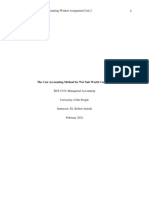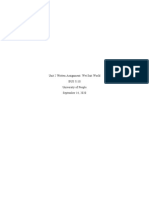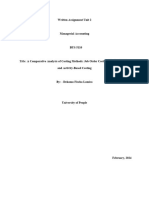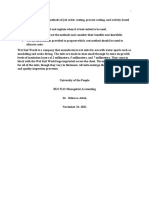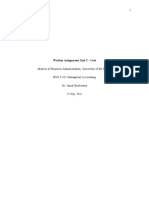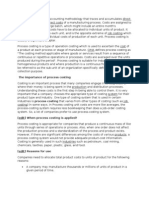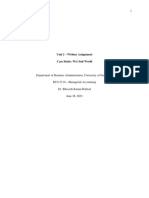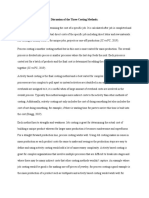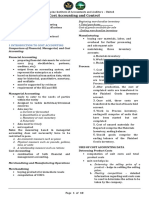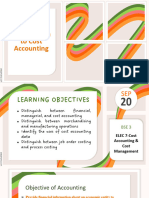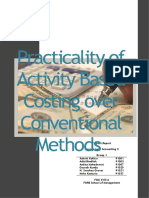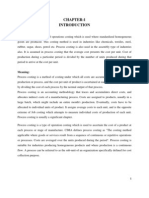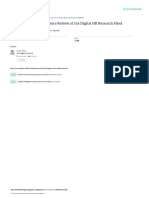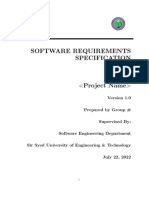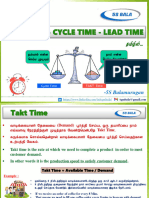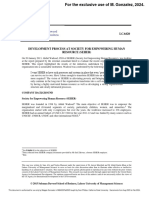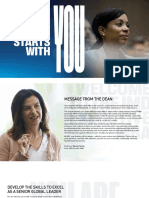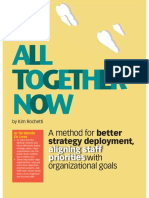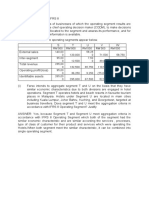0% found this document useful (0 votes)
98 views4 pagesThe Cost Accounting Method For Wet Suit World Company
The proposed estimate of a product (costing) depends on the type of products a business produces and the amount of effort that goes into analyzing the costs associated with the unit product, the process and activity. The business therefore links the cost of production of a product with the desired rate of return for those efforts. The three costing methods to be discussed are the Job order costing, process costing and activity based costing which have their own methods, benefits and drawbacks.
Uploaded by
Michael AboelkhairCopyright
© © All Rights Reserved
We take content rights seriously. If you suspect this is your content, claim it here.
Available Formats
Download as PDF, TXT or read online on Scribd
0% found this document useful (0 votes)
98 views4 pagesThe Cost Accounting Method For Wet Suit World Company
The proposed estimate of a product (costing) depends on the type of products a business produces and the amount of effort that goes into analyzing the costs associated with the unit product, the process and activity. The business therefore links the cost of production of a product with the desired rate of return for those efforts. The three costing methods to be discussed are the Job order costing, process costing and activity based costing which have their own methods, benefits and drawbacks.
Uploaded by
Michael AboelkhairCopyright
© © All Rights Reserved
We take content rights seriously. If you suspect this is your content, claim it here.
Available Formats
Download as PDF, TXT or read online on Scribd
/ 4
